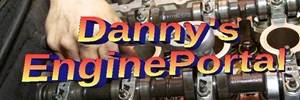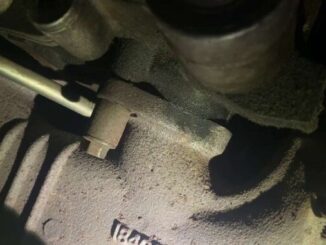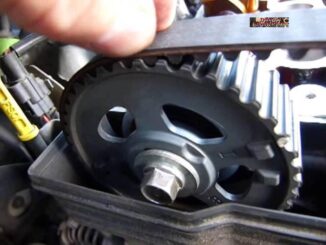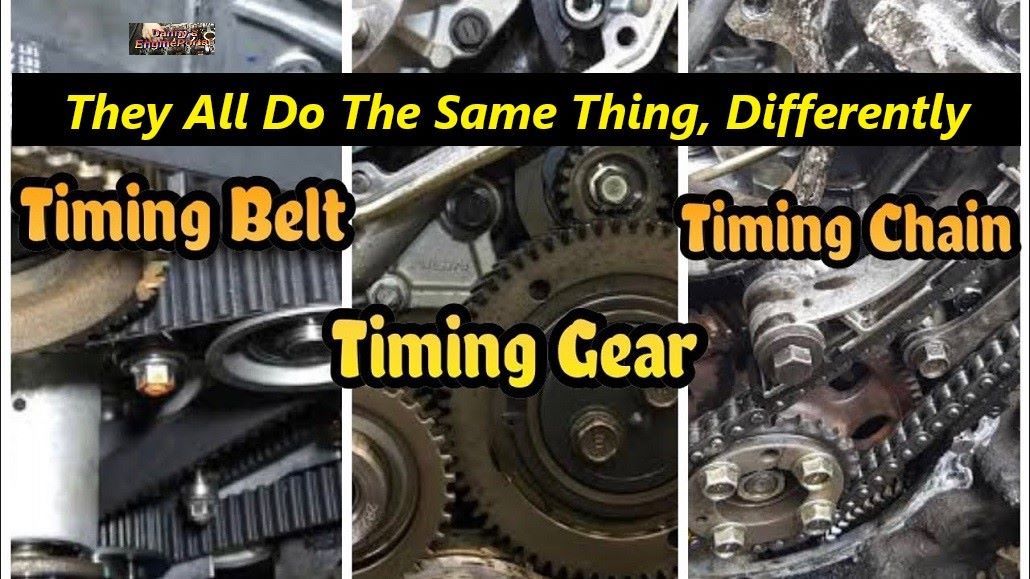
So, a broken or cracked crankshaft, is considered major engine damage.
But, the good thing is that crankshaft damage, is not a very common occurrence.
Crankshaft damage, can happen due to a casting or forging flaw, but this is very rare. Consequently, today’s quality control systems, for forging and machining crankshafts, are state of the art.
Most of the time crankshaft damage occurs, because of another failure, and not the crankshaft itself.
That’s why you need to find out, what caused the crankshaft damage first. Many of these issues can happen in any engine, but let’s talk about diesel in this blog. Firstly, the crankshaft is the most important part, of the engine bottom end.
Diesel Engine Crankshaft Damage
The amount of torque created during a failure, such as a spun bearing, can cause a crank to snap. So, diesel engines are more prone, to crankshaft damage. Because, diesel crankshafts are extremely hard, with higher compression ratios.
Heat And Nitride Treating
The ability of a component to handle higher load strains, can be accomplished by, heat treating surface layers. Nitriding is a process, that introduces nitrogen into the surface of the steel, at an extremely high temperature.
This heat treating is done, to increase wear resistance, improve fatigue and obtain a high surface hardness. As a result, the crankshaft is extremely hard, but also brittle.
When an engine has a bearing failure, the excessive clearance, can cause the crank to flex inside the engine. The crankshaft can wear past the point of grinding, and have to be replaced. And, if the crankshaft looks like this, the con-rod is most likely not resizable. The crankshaft can bend severely or even break in some cases. If the crankshaft does break, the damage may be so bad, that you have to replace the engine.
In cases where a nitride crankshaft is bent, it is usually not recommended to attempt straightening. Attempts to do so, could cause internal and external cracks. Which would result in crankshaft damage, a second time around.
So, you have crankshaft damage and it needs replacing. What now? Well you could just buy, a new or remanufactured crankshaft kit and install it. But, it’s not that simple. Remember the flexing effect inside the engine? Well, that not only causes damage to the crankshaft, but also causes damage to the housing bores.
Check Rod And Main Housing Bores
So, the crankshaft flexes around in the engine. As a result, the crankshaft can pound on the housing bores, making them oval. The massive amount of torque from the flexing crankshaft, can also stretch the bolts and distort the housing bores. Main caps can become loose in the registers, causing misalignment.
It is never a good idea to just swap the crankshaft, without properly checking these housing bores. The most accurate way to check the housing bores, is by using a dial bore gauge.
So, if you do not have a dial bore gauge, then you should take it to your local machine shop. Because, they can check all of the housing bores, to see if they are out of round. And, if they are, usually they can correct them. By not doing this, you are risking another crankshaft failure. Housing bores that are out of round, will give you improper bearing clearance. Improper bearing clearance, can cause premature bearing failure. And, in a worst case scenario, crankshaft damage will happen a second time.
Conclusion
So, insufficient lubrication, can cause bearings in the crankshaft to fail. An over pressurized cylinder occurs, when the crankshaft’s liner has a coolant leak. The pressure, causes the crankshaft to slip or bend. As a result, cracks most commonly occur, at the fillet between, the journal and the web on the crankshaft.
BY DANNY BENDER




